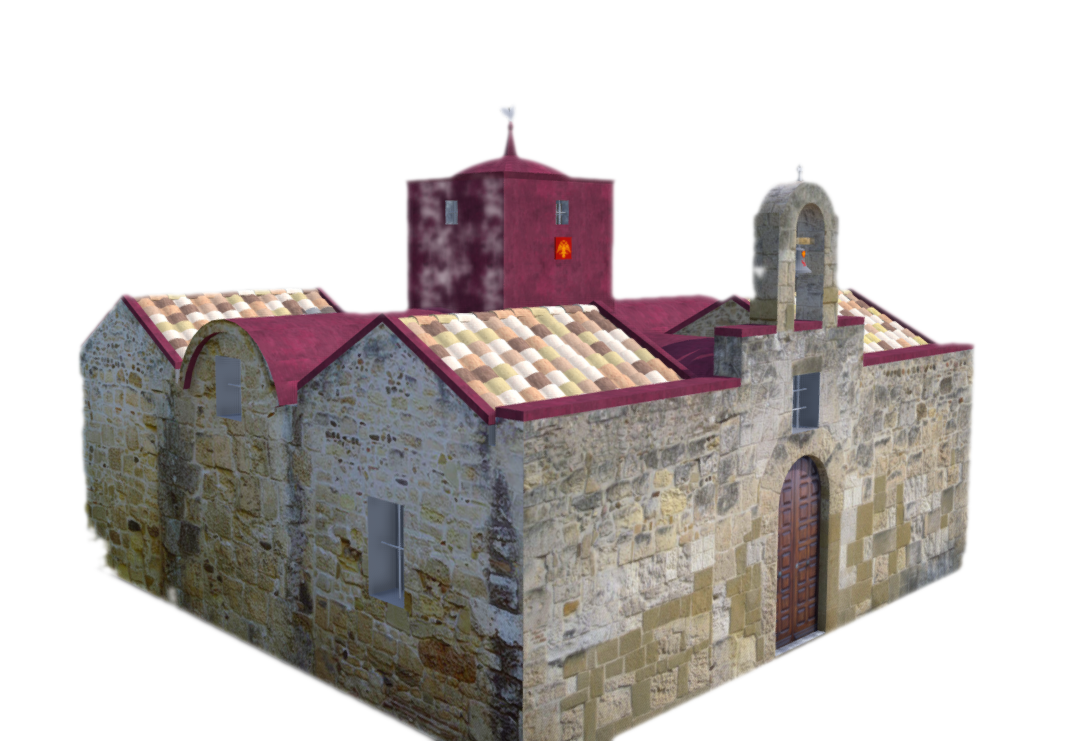Four projects have been approved under the 3rd edition of the IN2PAST Call for Funding of Exploratory Projects, 2024/2025:
IN2PAST is very pleased with yet another strong participation from its researchers in this call for proposals, reflecting the commitment to the cross-disciplinary between the different Research Units (RUs) that make up the Associate Laboratory (AL), and which contribute greatly to the consolidation of its research.

With a maximum duration of 12 months, each project will receive funding of €10,000 or very close to it, and all are expected to start in September. The aim of IN2PAST’s Call for Funding of Exploratory Project is to contribute to the development of scientific knowledge in the fields of Cultural Heritage, Arts and Collective Memory, and their intersections with the themes of sustainability and territory, driving the AL’s research in such a way as to strengthen the use of scientific knowledge for the benefit of society.
This call also aims to contribute to the research agendas of IN2PAST’s Thematic Lines, reinforcing the articulation and complementarity of this research with that of the Research Groups of the seven RUs of the AL in the afore-mentioned areas.
Project 2LEGACY aims to explore the role of endogenous clay in traditional ceramics production, both historically, based on the legacy of French chemist Charles Lepierre –who in 1898 published Estudo Chimico e Technologico sobre a Ceramica Portugueza Moderna (Chemical and Technological Study of Portuguese Modern Ceramics) – and in contemporary practices, with the cities of Estremoz and Barcelos serving ‘as living labs to explore knowledge-based strategies that will enhance heritage and regenerate craft production’.
Patrícia Moita (HERCULES – University of Évora / IN2PAST) is the co-PI in a team which further includes researchers Massimo Beltrame and Catarina Miguel (HERCULES – University of Évora / IN2PAST), Lab2PT – University of Minho / IN2PAST researcher Isabel Maria Fernandes, researchers Sónia Mota Ribeiro (CRIA – NOVA FCSH / IN2PAST) and Eduarda Rovisco (CRIA – Iscte / IN2PAST), CENIMAT/i3N – NOVA FCT researcher João Pedro Veiga, and VICARTE – NOVA FCT researchers Márcia Vilarigues e Marta Castelo.
The InDigit project aims to develop a prototype digital repository, in collaboration with consultants from the Kamayurá indigenous people, who live in the Upper Xingu in Brazil, based on their collection located at the National Museum of Ethnology in Portugal. With the goal of contributing to the collaborative construction of the digital sphere through a plurality of perspectives, the main objective is to examine the differences and similarities between the theories and practices of the Museum and the Kamayurá, in terms of classification systems, access protocols, concepts of ownership, care regimes and notions of temporality.
The team, whose co-PI is Elisabete Pereira (IHC – University of Évora / IN2PAST) and which further includes IHC – NOVA FCSH / IN2PAST researchers Ângela Salgueiro and Joana Paulino, CRIA – NOVA FCSH / IN2PAST researcher João Leal and Lab2PT – University of Minho / IN2PAST researcher Paulo Bernardes, also intends to contribute to public policies in this area by producing a manual with recommendations from the Kamayurá on the management of their people’s collections.
João IV’s Musical Library in the Ducal Palace of Vila Viçosa is the focus of the ARIA project, which intends to study how interdisciplinary methodologies from history, art history, science and technology can help preserve and understand cultural heritage, what knowledge can be gained by integrating architectural and functional analysis, acoustic studies and the characterisation of the musical repertoire, and what the implications and best practices are for the use of advanced digital technologies in the preservation, study and digital dissemination of historical spaces and artefacts, such as the Musical Library and its mural paintings.
Co-PI Susana Varela Flor (IHA – NOVA FCSH / IN2PAST) is part of this team, as well as IHC – NOVA FCSH / IN2PAST researchers Daniel Alves and Joana Paulino, researcher João Pedro d’Alvarenga (CESEM – NOVA FCSH / IN2PAST), HERCULES – University of Évora / IN2PAST researchers Luís Dias and Milene Gil, Lab2PT – University of Minho / IN2PAST researchers Paulo Bernardes and Paulo Mendonça, and IHA – NOVA FCSH / IN2PAST researcher Pedro Flor.
Last but not least, the team led by Fabio Sitzia and co-headed by Jorge Ribeiro (Lab2PT – University of Minho / IN2PAST) aims to produce a detailed 3D digital model of the interior and exterior of the Romanesque-style rural church of S. João de Calvos (Guimarães, 13th century), based on H-BIM (Heritage – Building Information Modelling) tools, capable of integrating geometric and non-geometric datasets, and available online, contributing to the safeguarding, preservation and enjoyment of these buildings.
Also working on this project will be researchers Vera Pires and José Mirão (HERCULES – University of Évora / IN2PAST), CHAIA – University of Évora / IN2PAST researcher João B. Meneses de Sequeira, Lab2PT – University of Minho / IN2PAST researchers Bruno Figueiredo, Paulo Bernardes and Rebeca Blanco-Rotea, and IHA – NOVA FCSH / IN2PAST researcher Carla Varela Fernandes.
More information on each of these projects will soon be available at in2past.org/exploratory-projects.
2025 © IN2PAST. All rights reserved.
IN2PAST – Associate Laboratory for Research and Innovation in Heritage, Arts, Sustainability and Territory is funded by FCT – Fundação para a Ciência e a Tecnologia, I. P. under reference LA/P/0132/2020 (DOI 10.54499/LA/P/0132/2020)